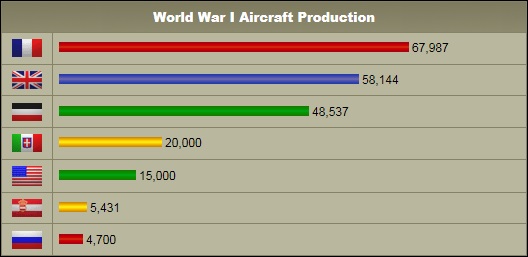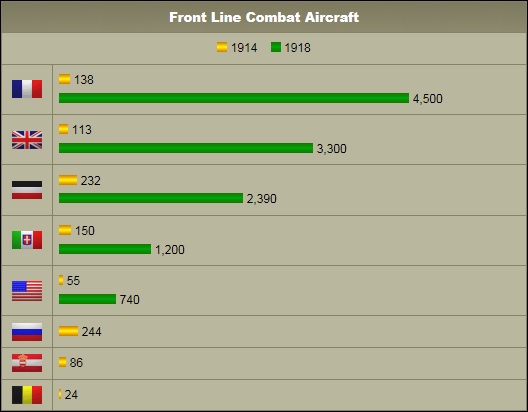Death in the sky
Vertiefungswissen anzeigenVertiefungswissen verbergen
2 All about the aircrafts
"A great deal of an aeroplane could be holed without affecting its ability to fly. Wings and fuselage could be—and often were—pierced in 50 places, missing the occupants by inches (blissfully unaware of how close it had come until they returned to base). Then the sailmaker would carefully cover each bullet-hole with a square inch of Irish linen frayed at the edges and with a brushful of dope make our aircraft 'serviceable' again within an hour."
Approximately 70 different types of planes crossed the skies of world war one, among them many of those, that proved incapable of providing a minimum of security for its aviators.
The Fokker M1 was the first fighter plane with a “synchronization gear” This meant a machine gun could be fired through the propeller of the aircraft without hitting the rotating blades. This gave the German Fighters air supremacy a phase from July 1915 until early 1916 which the British called the “Fokker Scourge”.
The British Royal Flying Corps nicknamed April 1917 “Bloody April” because the losses they suffered in this month were so severe. In just one month the Royal Flying Corps lost 245 planes, more than 200 pilots and aircrew and at least 100 more were captured and taken as German prisoners of war.
Production of airplanes was rising from small numbers to thousands of fighters, bombers and reconnaissance aircraft that found themselves being placed at most frontlines around the world, from the trenches of northern France to the shores of Gallipoli and under the desert sun of Palestine. For the pilots this development held a big danger in store, for the airforces tended to rely on quantity rather than quality and consequently an increasing number of accidents. For the veteran aces among the aviators it also brought the end of any delusion that there was a sense of chivalry within an isolated group. Facing dozens of young warriors of the sky, it turned into a kill-or-be-killed battle for life.
Compiled by Jan-Philipp Birkhoff and Etienne Ludwig.




